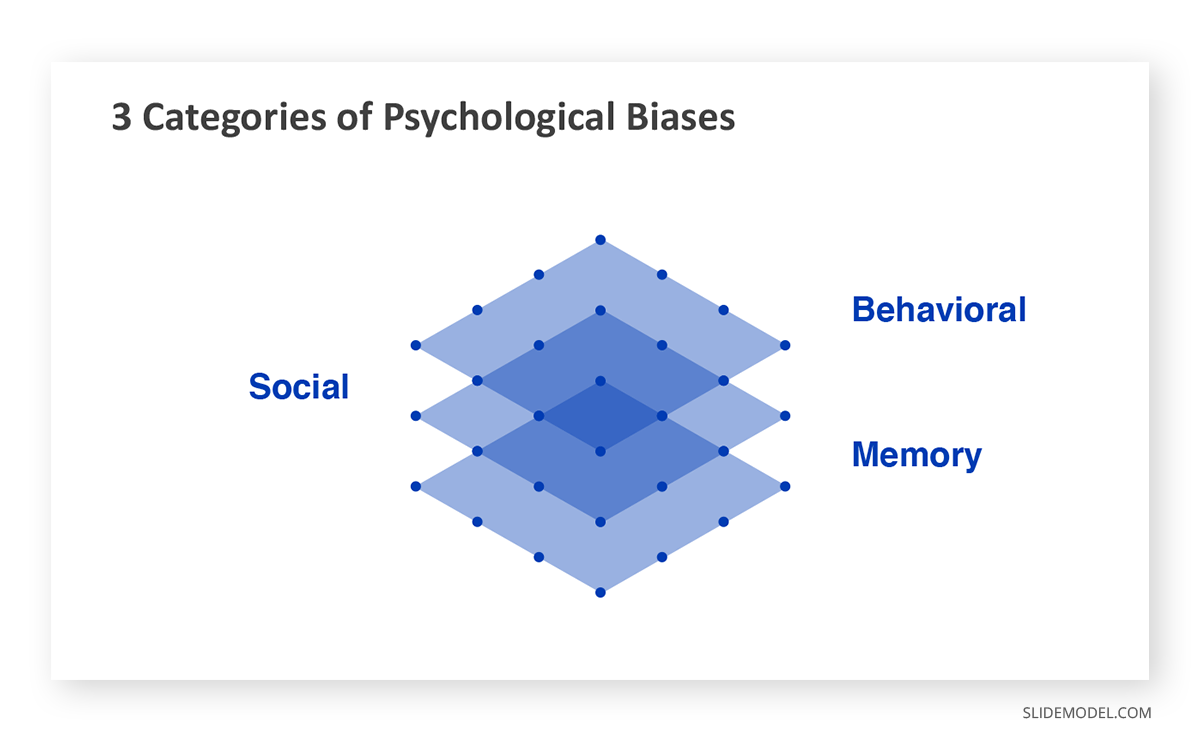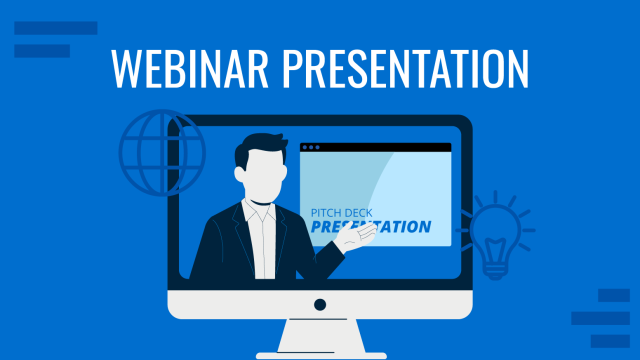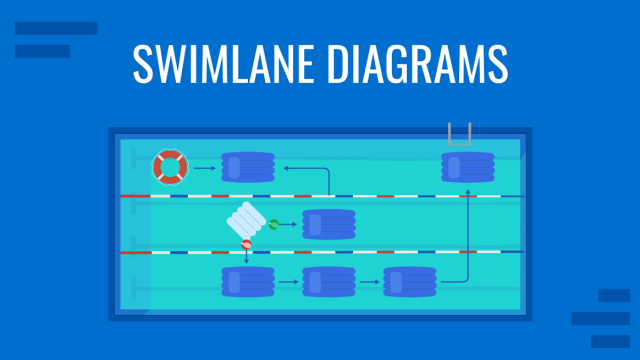
What are Psychological Biases?
Psychological biases (AKA cognitive biases) are flaws in the way we process information and think about things. They tend to be so systematic or even institutional that we don’t acknowledge them as biases, yet they fundamentally affect the way we make decisions and communicate.
Some common psychological biases are anchoring bias, confirmation bias, bandwagon effect, the Dunning-Kruger effect, ingroup preference bias, and availability bias, which you can read more about in this article on how these biases can affect presentations.
Behavioral Economics and Decision Making in Business
The way psychological biases affect business decision-making is explained by behavior economics, which is the study of how these biases impact and alter decision-making. Think about it this way: Ideally people and institutions will be completely logical and accurately informed when making decisions. However, because of beliefs, social influences, and error in memory, among other factors, we divert from the path of logic.
Imagine this scenario. An employee is presenting several different solution options to the CFO of a company so that they can make a decision about which solution to choose. The employee may unintentionally favor the solution they like best simply by placing it first in the presentation or choosing a more attractive design for that slide than the others. Their biased presentation may impact what should be a strictly logical decision based on the facts.
Then there’s this example. HR is looking through resumes of potential candidates for an open position. They may unconsciously be paying less attention to resumes from people whose names resemble people that the HR manager doesn’t like or have had bad experiences with, regardless of how qualified they are for a position. That unconscious bias could prevent them from making a logical decision about who to pass on to the next stage of the interview process.
At best, psychological biases in business can lead to someone not understanding a situation fully. At worst, they can be actively detrimental to business, leading to missed opportunities, poor decision-making, and even legal implications.

3 Categories of Psychological Biases
Psychological biases can be generally divided into three categories: behavioral, social, and memory biases. Let’s dive into some of the biases that can be harmful to logical decision-making.
Behavioral Biases
Prospect Theory
Prospect theory is a school of thought in psychological biases that studies how decisions are made when risk and probability are factors. The theory goes like this: Option A involves doing nothing and retaining someone’s current level of wealth, status, security, etc. Option B has some risk of lowering their current level, but also some possibility of improving it. Prospect theory states that people will usually choose Option A, where there is no risk.
This clearly has implications for decision making, since a lot of decisions are between riskier options with potentially a higher payoff or safer options with less payoff. A decision-maker working with one of these psychological biases may be making safer, less successful decisions to avoid the risk.
One of the biases in prospect theory is the ambiguity effect, where people are likely to avoid choosing options or solutions with an unknown outcome. For example, an operations manager may choose a traditional solution over experimenting with potentially better cutting-edge technology because they’ve never worked with it before.
Another aspect of prospect theory is the pseudocertainty effect. In simple terms, this bias makes people choose to avoid risk when an outcome is positive, but accept risk when the same outcome is framed in negative terms. Let’s look at the presenter from the example above who is presenting different solutions to the CFO.
Positive outcomes: If they claim that Option A has a 100% chance of paying for itself within 5 years while Option B has a 30% chance of paying for itself within 1 year and a 70% chance of paying for itself within 10 years. According to this bias, the CFO is likely to choose Option A.
Negative outcomes: On the other side, they could present the options this way: Option A has a 0% chance of paying for itself within 1 year while Option B has a 30% chance of doing that and a 70% chance of not paying for itself until 10 years have passed. According to the theory, people will choose Option B.
Extension Neglect
Extension neglect biases refer to how people tend to not pay attention to the sample size when evaluating the validity of a study or inference. This bias affects decision making by potentially changing how people think about something by adding or omitting specific details about population size.
For example, extension neglect can manifest as compassion fade, which is the tendency of people to be more compassionate towards a smaller population that they can identify and relate to compared to a larger population of anonymous individuals or people they don’t know. An extremely common example of this is used with assault and women. People are more likely to empathize when people say “Your sister, mother, or daughter could be assaulted. We need change” compared to “1 in 6 women will be assaulted. We need change.”
Another manifestation of this psychological bias is zero-risk bias. Here, people tend to prefer a solution that brings a small risk down to zero instead of one that produces an overall larger reduction of risk…but not to zero. This affects decision-makers who could be choosing an inferior solution for the perceived better outcome, even when the numbers show otherwise.
Framing Effect
The framing effect helps us understand how people’s decisions can change when an outcome is presented using positive terms or negative terms. We often see people taking advantage of this bias when presenting options they want people to like or dislike. For example, in a business setting, law may require equal opportunity hiring, however the way a biased individual presents two position candidates who have the same qualifications may lead the decision-maker to choose the race or ethnicity that the interviewer prefered, while technically being completely honest.
This same interviewer could use the contrast effect to make one candidate look better than another. This bias theory states that you can make someone or something appear better by having them follow something worse. Conversely you can make someone or something appear worse by having them follow something better. If you were to present the original person or thing without any contrast, people are more likely to make decisions based on the facts presented, with no manipulation.
The interviewer could also use the default effect to favor one candidate over another, simply by presenting the candidate they like as the “default” compared to “alternative candidates”. This psychological bias states that people are more likely to choose the default over other options.
Logical Fallacy
Logical fallacies differ a little from other psychological biases in that they are not just faulty perception that affects decision making, but actual errors in logic. Many of the previous psychological biases may lead someone to misrepresent options while technically remaining honest, whereas logical fallacies are more deceptive, whether intentional or not.
For example, the illicit transference fallacy is when people confuse the parts with the whole. Logically, if the parts of the whole may have different truths than the whole. People fall into the fallacy when they think that what is true for the parts must be true for the whole, or the other way around, that what is true for the whole must be true for the parts. When making critical business decisions or presenting different options to decision makers, you need to be careful to avoid this logical fallacy in order to present accurate information.
Another logical fallacy that affects decision making in business is the irrational escalation or plan continuation bias. This psychological fallacy states that people are more likely to justify continuing to put time, effort and/or money into a decision simply because they have already invested a lot, even if new evidence points to the decision being ineffective or a new, better decision is suggested. Once people start something, they don’t want to admit defeat. They want to stick it out until it works. In business, as in many other fields, you can imagine how this would lead to more problems than solutions.
Social Biases
Social biases refer to flaws in the way we perceive or think about others.
Association Fallacy
The association fallacies are when characteristics of an individual are considered automatically characteristics of a population to which that individual belongs. We see this all the time with race, sexual orientation, religion, politics, and a whole host of other populations. Perhaps the hiring manager has a neighbor who is extremely lazy and happens to be black and they extend this trait to the whole black community. Or an individual who follows a certain political party states a certain opinion, therefore people think everyone in that party must have the same opinion. It’s simply not an opinion that has any evidence behind it.
Conformity Bias
Conformity bias refers to how people tend to make decisions to conform to the group rather than based on their own individual preferences or opinions. Perhaps a decision-maker truly believes that the business should choose a solution that is more environmentally friendly, for example, but ultimately puts their support behind the less environmentally friendly, but higher-earning solution, because they want to fit into the priorities of the leadership team.
Memory Biases
Memory biases stem from the fact that memory is not infallible and may be enhanced or damaged based on different key factors.
Choice Supportive Bias
For example, choice supportive bias states that people are more likely to remember their own past choices as better than they actually were. This psychological bias can affect decision making if someone remembers a past decision as being better than it was and therefore acceptable to repeat.
Misinformation Effect
This memory bias implies that people can alter their memories of past events based on new information after the fact. Employees who have risen to a position where they have decision-making power usually get there through lots of experience. If memories are so easily changed, then that experience may end up being less valuable than it could be. Paying attention to this psychological bias helps avoid inaccurate memories and promote better decision making.
For more information, check our article about decision-making for business and our collection of decision making PowerPoint templates.

Conclusion: How to Avoid Psychological Biases
The first step to avoiding psychological biases is to know what those potential biases are. You can’t avoid what you don’t know about. After you have a good idea of some of the biases and fallacies that could be affecting your judgement, you can follow some of these general recommendations on putting that knowledge into practice:
Take enough time to make decisions. Try not to make hasty decisions whenever possible. Take time to look at all of the information instead of just trusting presentations or opinions made by others.
Pay attention to your information sources. How information is presented has a huge effect on your opinion of it, as we can see by the previous biases. One way to make sure you’re not just getting one side of things is to check multiple sources before making your final decision.
Employ empathy to avoid initial judgement-calls. We all want to be able to trust our gut feelings and instincts, however that isn’t always the wisest decision. Especially when dealing with social biases, empathy and deeper analysis can go a long way to making better judgement-calls as opposed to discriminatory ones.
Psychological biases may be built into most of the population. However, by being aware and looking out for them, we can train ourselves to think more rationally and make more logical decisions, free of fallacy or manipulation.


